Lowdown: Sarjeant's Major Moment
An event ten years in the making takes the national spotlight, $17.3 billion reasons to back live performance and a host of heartening arts news.
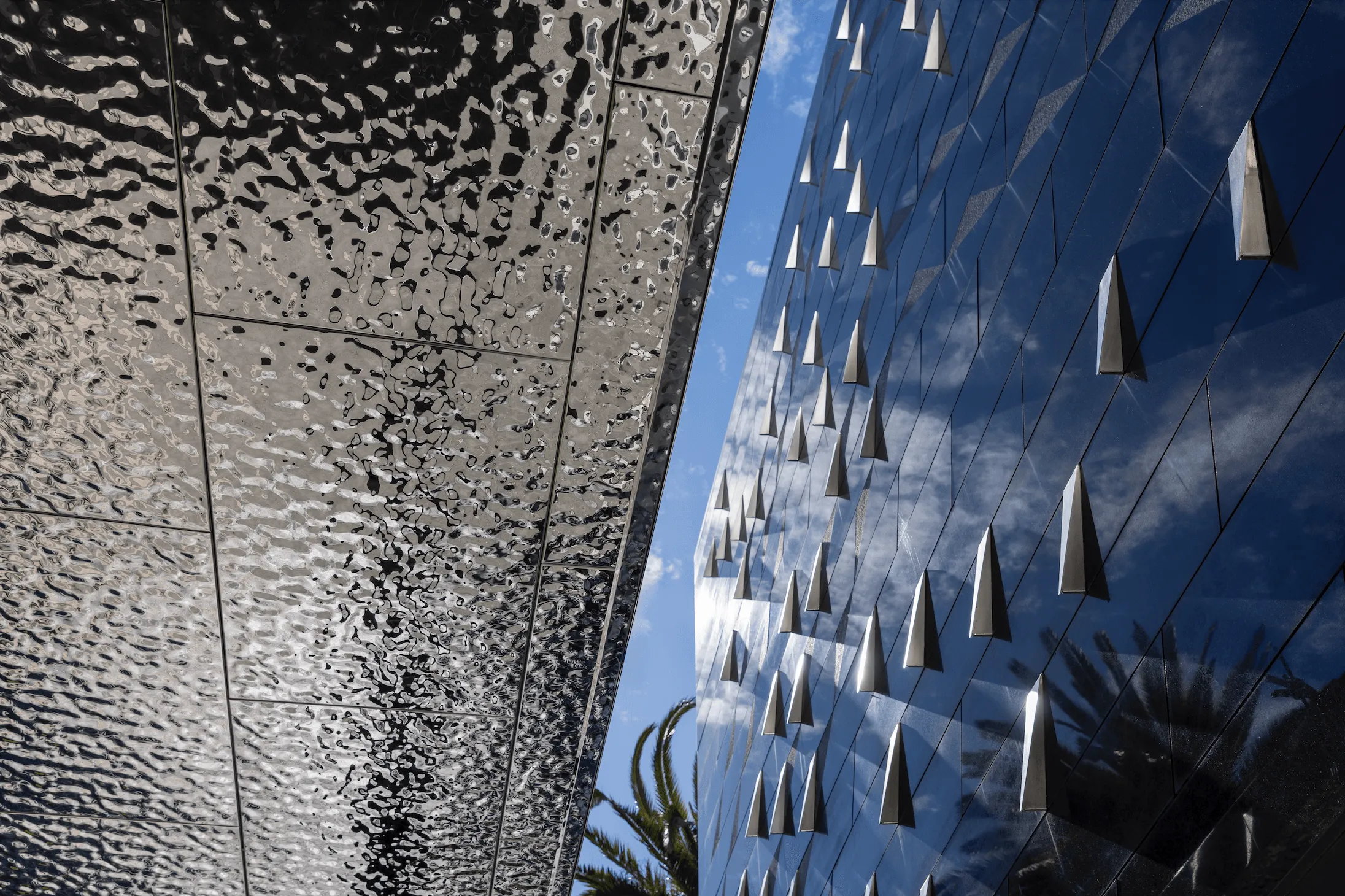
At a time where the arts in Aotearoa are bustling up and down the motu, Whanganui is the centre of the creative community this weekend.
The re-opening of Te Whare o Rehua Sarjeant Gallery is set to be an extraordinary event - and one that shapes the cultural identity of the region.
On Saturday (9 November), a public opening ceremony mihi at 9.30am will mark the first time the gallery opens its doors to the public in a decade. This is following a Pōhiri at Pūtiki Marae and a Te Tūwheratanga dawn ceremony to unveil the carved waka, mahau, and additional new mahi taonga.
Once those doors open - the Sarjeant will once again be a hive of activity.
Inside, the opening exhibition Nō Konei | From Here will launch, with works from the Gallery's extensive collection alongside newly commissioned artworks, with solo projects by Matthew McIntyre-Wilson, Tia Ranginui and Alexis Neal, and a major survey of works by Edith Collier.
Throw in around 2,000 self-portraits from local tamariki, live music from the likes of the award-winning Anthonie Tonnon, taonga puoro master Rob Thorne, and New Zealand Opera School, Kapa Haka, A mass percussion parade and brass extravaganza, hands-on art activities and after-dark light projections featuring works by Whanganui visual and moving image artists - you can see what Whanganui is the place to be.
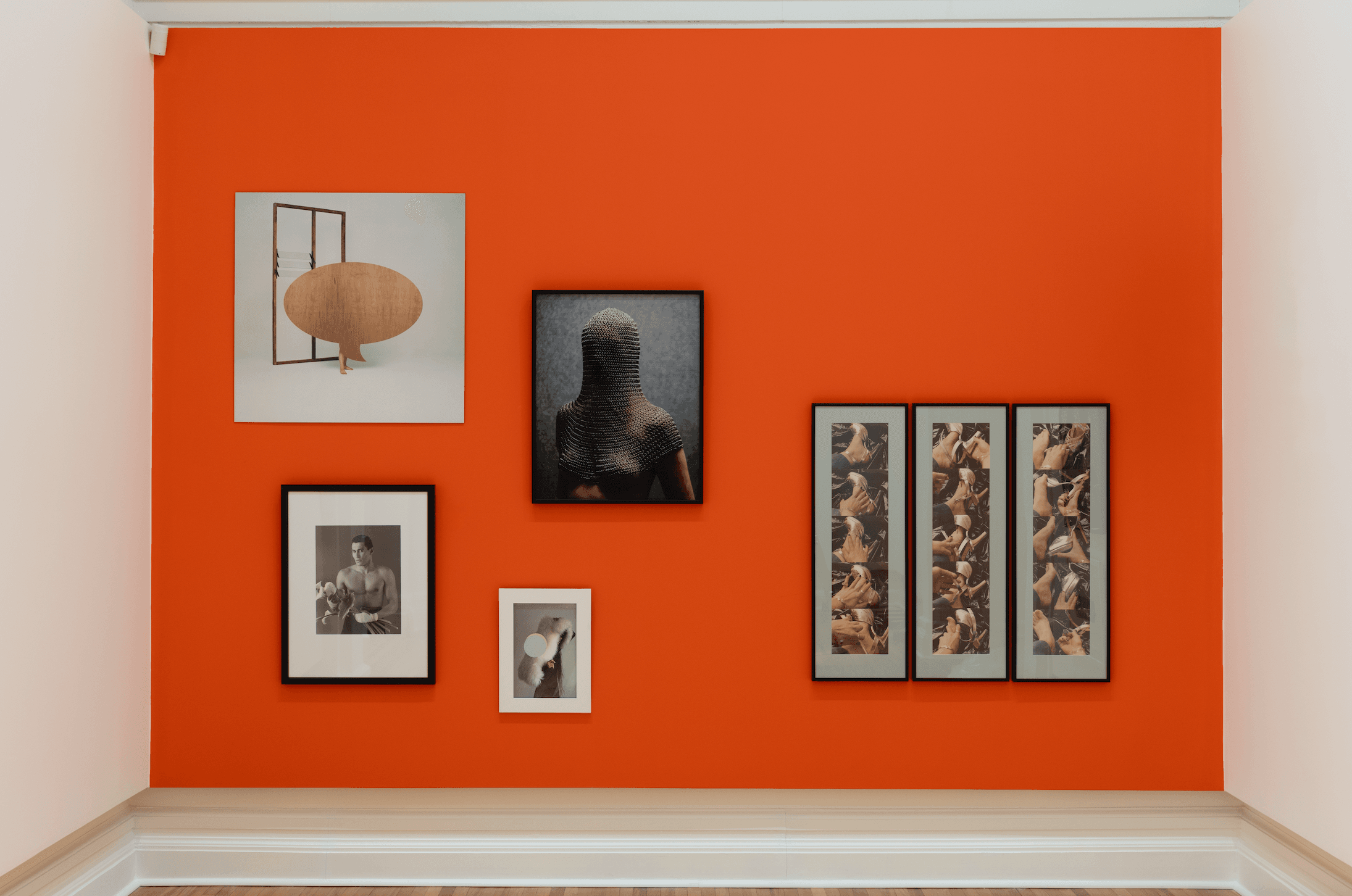
Gallery Director Andrew Clifford remarks “This isn’t just the conclusion of the redevelopment project, this is the start of a new era for the gallery."
That cannot be argued - its legacy as one of the oldest purpose-built galleries resonates with so many in the creative community...but it has to be more than that in 2024.
The new $70 million gallery now spans more than 4,500 sqm and is a clear and soon to be thriving landmark at Pukenamu Queen’s Park. The gallery now features ten exhibition spaces, a climate-controlled storage area for its nationally significant permanent collection of works, a photographic studio and workshops. But there's also a family room, a reading room and library, a classroom, retail space, a café, and publicly accessible event and meeting rooms - all requirements to turn the gallery from a building into a functioning, vibrant part of the Whanganui community.
Clifford told The Lowdown "This has been a hugely ambitious project for our community so it’s not just the duration of the build-up but the scale of the project too. It’s a massive responsibility and honour to be the current custodians of the institution, its spaces and collection.
"As we’ve drawn closer to the completion of this phase of the project and the opening date, we’ve seen the buildings slowly start to come to life, especially as our historic collection and newer works have been brought into the gallery spaces, and that has been very moving – at least in those rare moments where we’ve been able to step back, catch our breath and see what we’ve achieved.
"But also, as the finishing touches are being completed, there is also a growing sense of relief."
This timelapse of its new wing - Te Pātaka o Tā Te Atawhai Archie John Taiaroa - being built is a fascinating watch. Taken over a five year period, it gives you an insight into the enormity of the project and the impact its set to have on the cultural landscape.
Much like the contents of its opening exhibition, the phyiscal make up of the Sarjeant is a space where heritage and innovation meet - its history respected but its future embraced too.
"The design (of the new wing) is a striking contrast to the heritage building and incorporates local tribal narratives that speak to our region, provided by Te Kahui Toi, a group of artists and designers appointed by local iwi to work in collaboration with architects Warren and Mahoney.
"A patterned black granite exterior will be the first thing people will see, but the most impressive feature when you come into the building will be a large carved bridge in the form of a waka, which creates a link and continuous flow between the gallery spaces in the new and heritage buildings.
"There will be many familiar collection works that will look fresh in new contexts and juxtapositions, but also thanks to some careful conservation work. And the heritage building itself will also have a new lease on life, looking better than the day it first opened but now earthquake strengthened and climate controlled."
There are many hands, minds and hearts involved in this exhaustive process, that Clifford explains goes back further than many would think.
"There have been a few generations of people who have in different ways dreamed about and supported the idea of extending the original gallery building, with some discussion even documented as far back as the 1940s, but certainly clear plans were in place at the end of the 1990s.
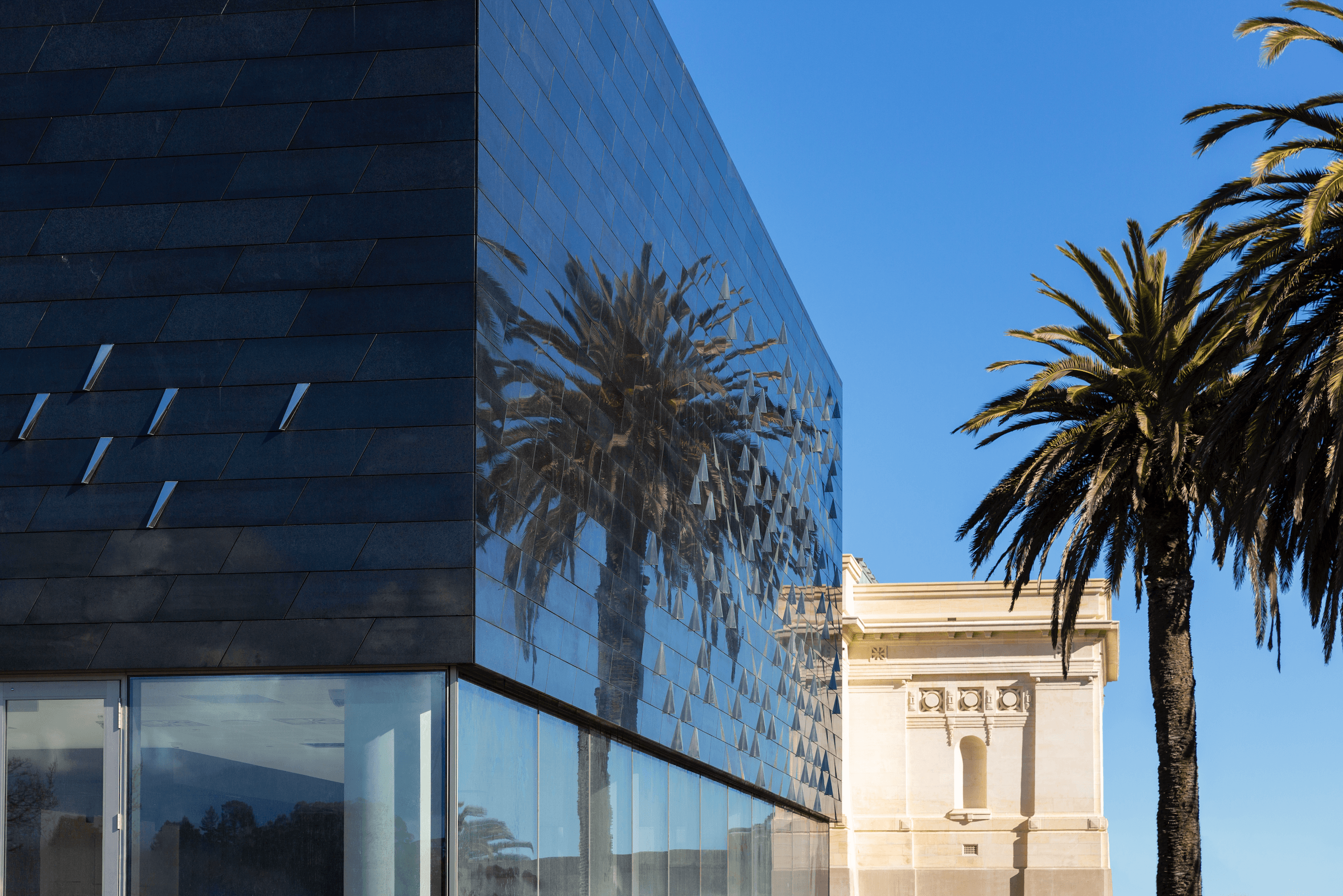
"For all of us, going right back to Henry Sarjeant’s founding bequest in 1912, this is for the inspiration of future generations, and now we get to extend that legacy for another century and share it with as many as we can."
Sarjeant Gallery Trust Chair Nicola Williams and then-gallery Director Greg Anderson had to undertake a nationwide funding drive to secure match funding.
WIlliams details how every donation mattered - whether it was from local families, trusts, anonymous donors, farmers, business leaders or arts philanthropists. "We approached individuals with deep connections to the region or the gallery, often spanning generations. Despite being told that philanthropy in New Zealand was dead, we found New Zealanders to be incredibly generous.
"The journey required grit and resilience. When we hit major barriers, our ambassadors and donors came to the fore and got us over the line. For example, when government funding criteria changed and we needed to find another $5 million in six weeks, a group of people stood up at this crucial point to keep the project alive.
"To counter my elation, I also feel some level of sadness in remembering all those wonderful people who invested so much, many who had their money tied up for more than 10 years during the pre-construction and construction phase, who did not live long enough to see this project through to fruition. Actually, it's incredibly sad but I hope they might be swirling around in spirit on the day we open."
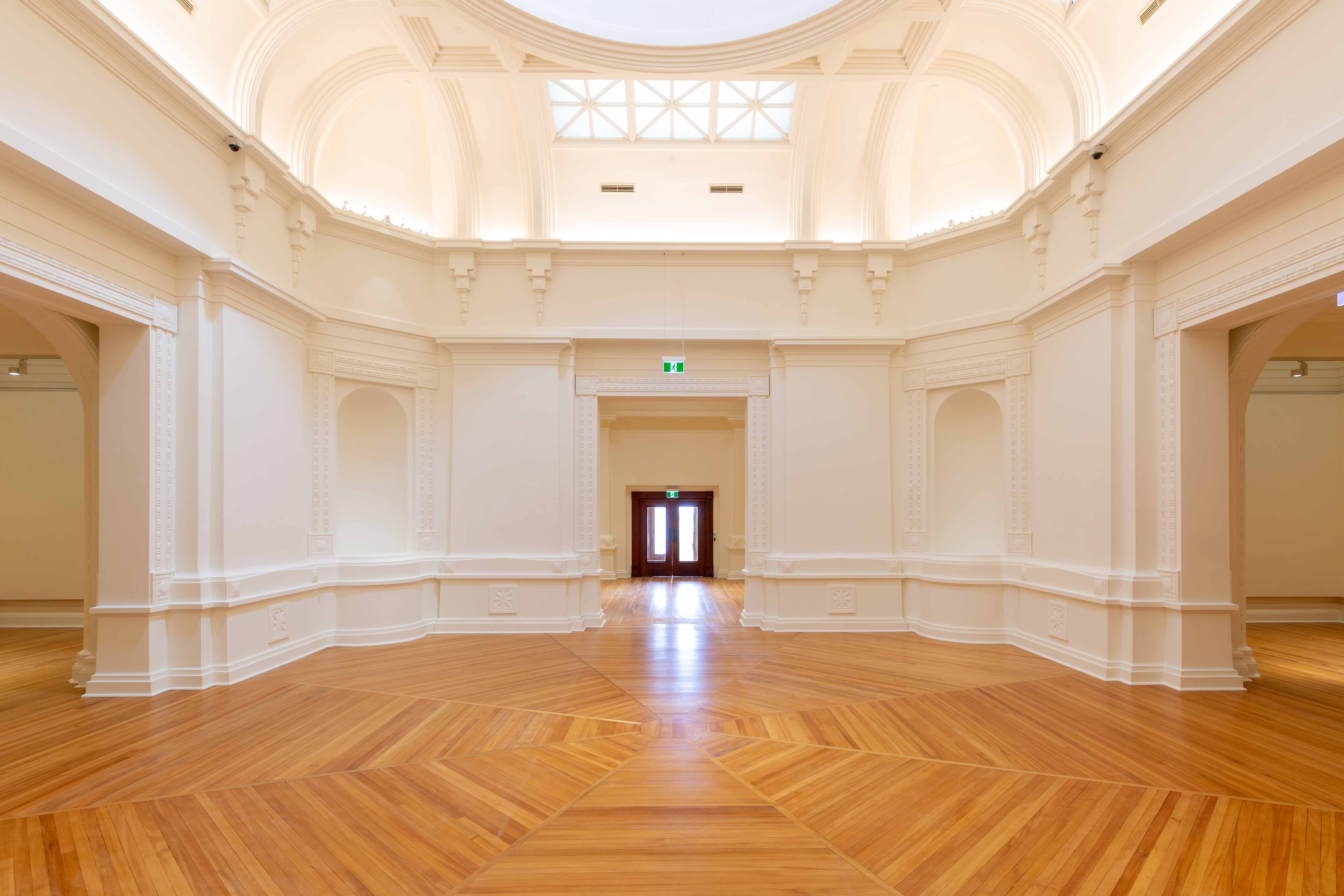
As alluded to by Williams, that journey to this long-awaited point wasn't without its challenges, especially as countless creative projects were falling by the wayside across the country.
Clifford adds "There have certainly been some significant hurdles to overcome, not least being the start of construction just as the COVID-19 pandemic was getting underway in 2020. It was quite a while before we could clearly see the horizon line of an actual opening date but the project has such strong support that, once underway, it was sure to happen eventually.
"And since we announced our opening date back in July, it has at times felt like the day was coming, whether we’re ready or not. But each major milestone, like the unwrapping of the heritage building or the dramatic reveal of the new granite façade - or the day we started hanging artworks - has made it more and more real and allowed us to move forward with excitement rather than trepidation."
With a full summer season of events ahead, it's hoped this touted "world class cultural resource" will have the right kind of flow-on effects for the rest of Whanganui’s cultural attractions - like New Zealand Glassworks, Whanganui Regional Museum, Quartz Museum of Studio Ceramics and other galleries in the Coastal Arts Trail.
It's set to be a weekend to savour for so many.
17 billion reasons to back live performance
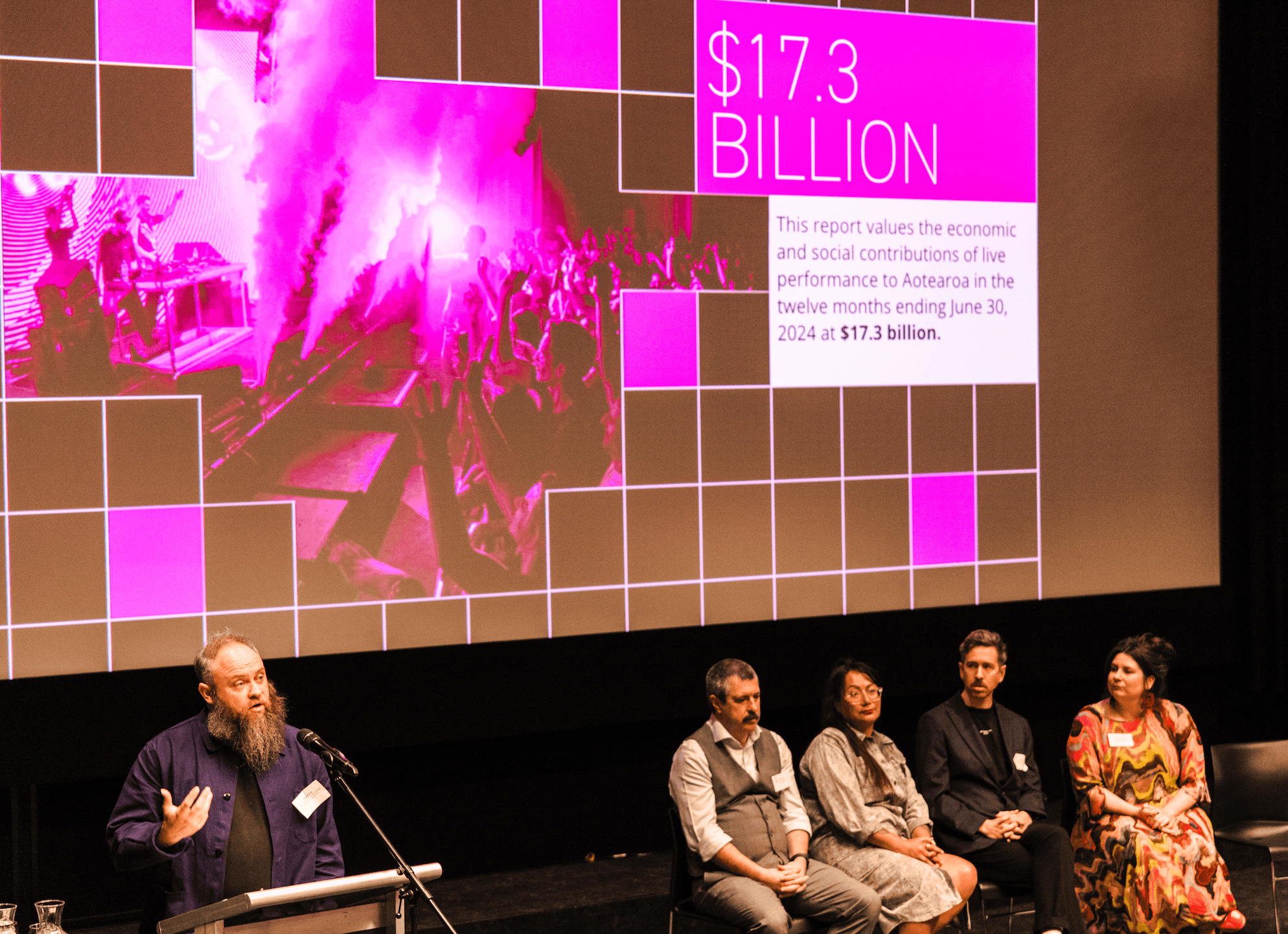
You read that right...
The College of Creative Arts (CoCA) at Wellington's Massey University has certainly been a place of significance news this week.
Not only was it the site of Arts, Culture and Heritage Minister Paul Goldsmith launching Amplify - the Government's creative sector strategy - for public submissions (click here for all the available details) but it was home to a live discussion around the performing arts and an eye-watering figure.
Titled the National Summit on the Economic and Wellbeing Value of Live Performance in Aotearoa New Zealand - a collection of Manatū Taonga and Creative NZ delegates along with members of the performace community gathered for the half-day event that had some major findings to share.
The new research revealed the live performance sector contributed at least $17.3 billion in social and economic value to Aotearoa (in the 12 months to 30 June 2024).
That number will blow the socks off many. The researchers from CoCa the University of Canterbury agree the $17.3 billion figure is larger than previous estimates - it's been done using a more complete accounting of the benefits of live performance, using tools from the Treasury to enable comparison with other sectors. It includes the impact of consumer spending motivated by live performance, employment, taxation and social benefits.
Some other stats that will be of interest - and useful for future conversations - include that over 2.3 million people attended at least one live performance during the reserarch period (the average being almost 5 performances each) and that live performance activity supports 60,500 full-time equivalent roles.
On the financial front, the report decrees that audience spending motivated by live performance contributes 1.4 per cent to the country's GDP and for every $1 spent on live performance, $3.20 is returned in benefits to the wider community.
Further evidence to support the 'soft' measures of impact, with attending live performance credited with providing an immediate boost to life satisfaction and contributes to a lasting improvement in overall wellbeing.
While there's a lot of money being made around performing arts, there's still an excessive amount that goes in just to keep it afloat. Research underlines that volunteers contribute $1.2 billion worth of skills and professional expertise to support the live performance sector.
The barriers are also discussed, with cost being the main culprit (to the shock of no one), but also identifying that disabled people are 32.4% less likely to report attending live performances, that likelihood of attending a performance decreases 1% with each year people age and those in regional locations are 9.7% less likely to attend live performances than those in urban centres.
The research team's presentation had the audience engaged, with plenty of questions and conversations following it. One of the researchers - musician, producer and Associate Professor at CoCA's School of Music and Screen Arts Dave Carter - was direct.
"your work has value. Live Performance shows us who we are, inspires us, builds social connection and makes our lives meaningful.
"This research highlights the essential role live performance plays in enriching our society, and provides an evidence base for the sector to advocate for itself.”
It was quite a bit to take in over coffee and bagels - but if you missed it or want a recap, it was recorded for prosperity below.
Event horizon
As we approach the tail of 2024, it's great to see so many events locking in for another run in 2025.
The self-titled 'birthplace of brilliance' NZ Fringe Festival has confirmed its dates for its 2025 incarnation - with the 14 February-8 March Wellington event set to be a milestone 35th anninversary. The country's largest open-access arts festival is expecting to bring in acts from all over the world - and most importantly from here in Aotearoa - when its line up starts to be revealed next month.
NZ Fringe - and its many peers across the motu - play a crucial part in artists getting funding and has unearthed some of the true gems of the industry, giving emerging artists a chance to experiment and to grow their belief. Just ask the likes of Taika Waititi, Bret McKenzie and Rose Matafeo.
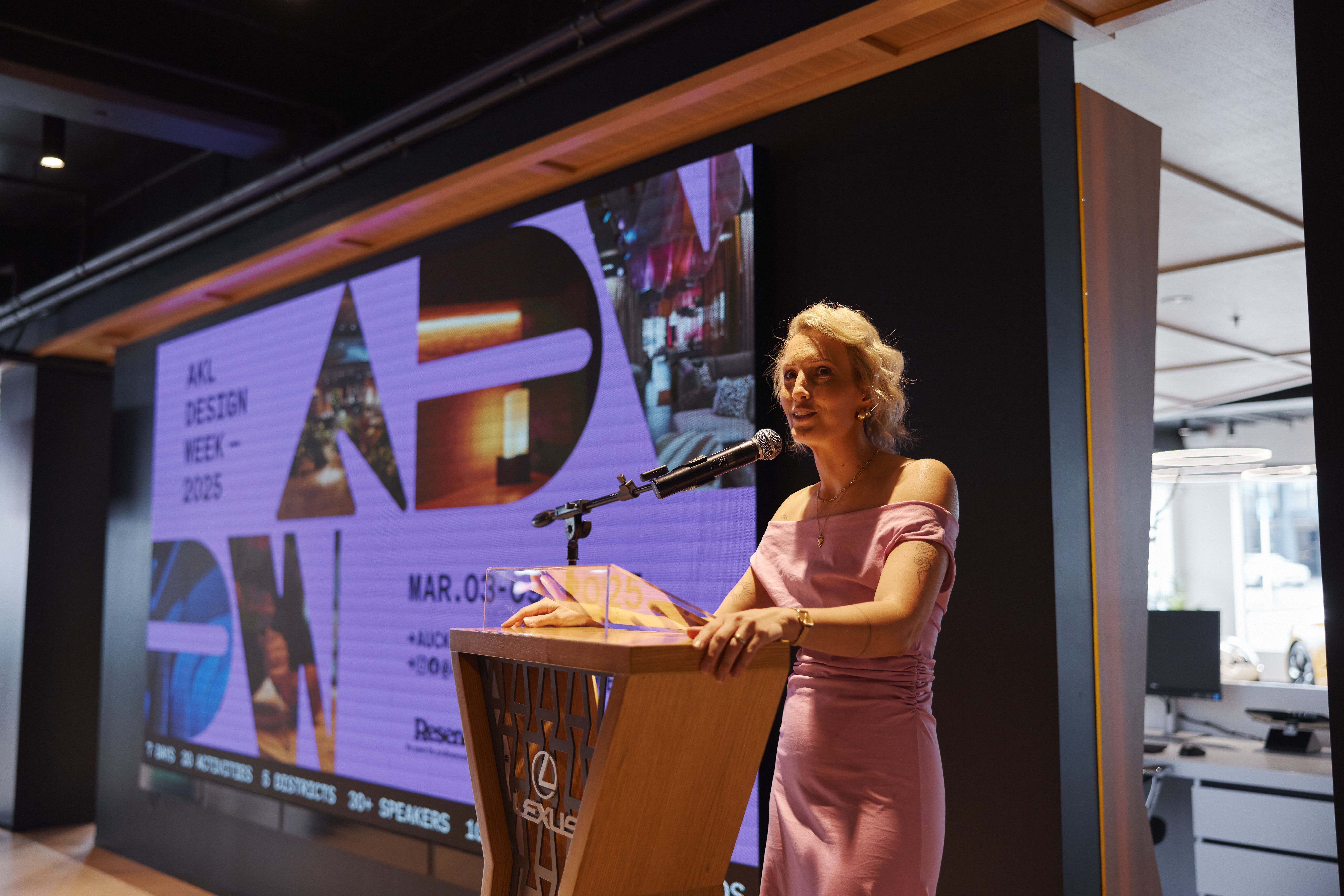
At the other end of the spectrum - Auckland Design Week (ADW) has announced it will be back after a successful inaugural event this year.
It returns for 3-9 March 2025, with internationally renowned designer Karim Rashid secured as keynote speaker, in demand in art galleries around the world and has more than 4000 designs in production, winning in excess of 400 awards with a glittering array of clients including Veuve Clicquot, Samsung, and Hugo Boss.
ADW’s Founder and Director Jen Jones states “I’m astounded by the response we’ve had to ADW, and to be heading into year two with such incredible support provides a great deal of confidence for the future of the event.
"Our aim is to embed ADW as a highly anticipated annual fixture for the design community, as well as locals and visitors to Auckland. One that inspires, educates, stimulates and celebrates all things design”.
ADW25's theme is Chance + Change, exploring "the transformative potential and ethical implications of emerging technologies in the multidisciplinary design landscape including AI, VR, AR, prefabrication, 3D printing, robotics, software-generated design and more."
The week will include design workshops, exhibitions from established and emerging designers, a design conference and networking opportunities.
Brown bids adieu
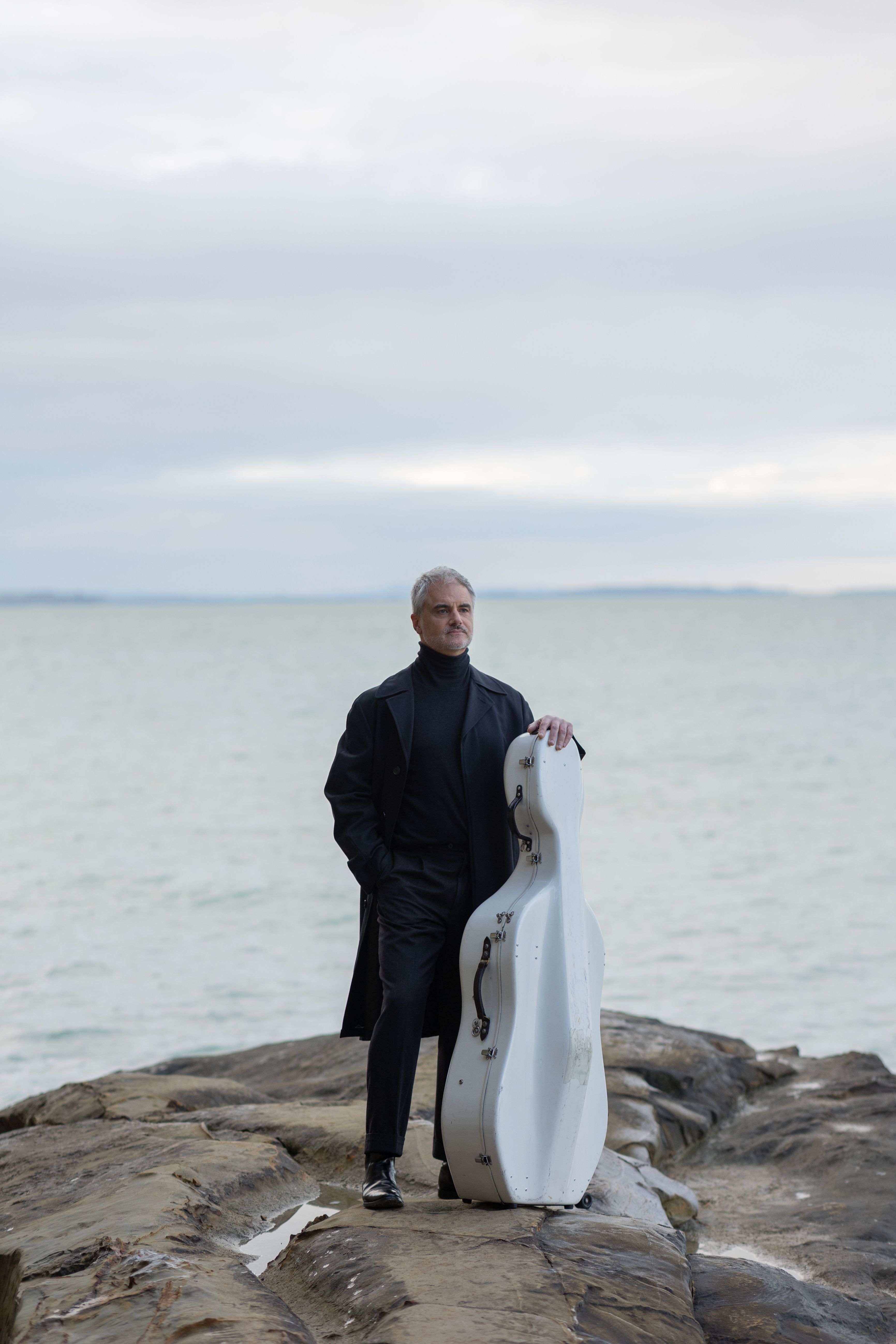
A big change is coming for one of the most established performance groups in the country.
NZTrio founding member Ashley Brown has announced that he is stepping away from the group.
The cellist states “With a heavy heart, I’m announcing my decision to move on from NZTrio to explore new challenges. I will keep working with the group until April so it can fully transition ahead of the 2025 season. As I reflect on my dedication to founding, growing and evolving the trio over these past 23 years, I’m hugely grateful to the whole team and pay tribute to my colleagues: the musicians, composers, managers, trustees, supporters, funders, fans and whānau who helped form NZTrio.
"It has been an absolute blast - the exhilarating concerts, fun collaborations and adventurous commissioning - and an honour to share that with everyone. I wish the trio every success and will watch on with a touch of pride at having built something meaningful that wasn’t there before.”
Brown's next steps include spending time with family and continuing as Principal Cellist for Auckland Philharmonia. He's far from done, with a number of performances laid out for the rest of the year and up to his April departure.
But as one door closes, another opens for other talented cellists. while guest artists for the rest of 2025 will be announced in the new year, NZTrio is calling for expressions of interest for the permanent role with the ensemble.
'Naki nails it
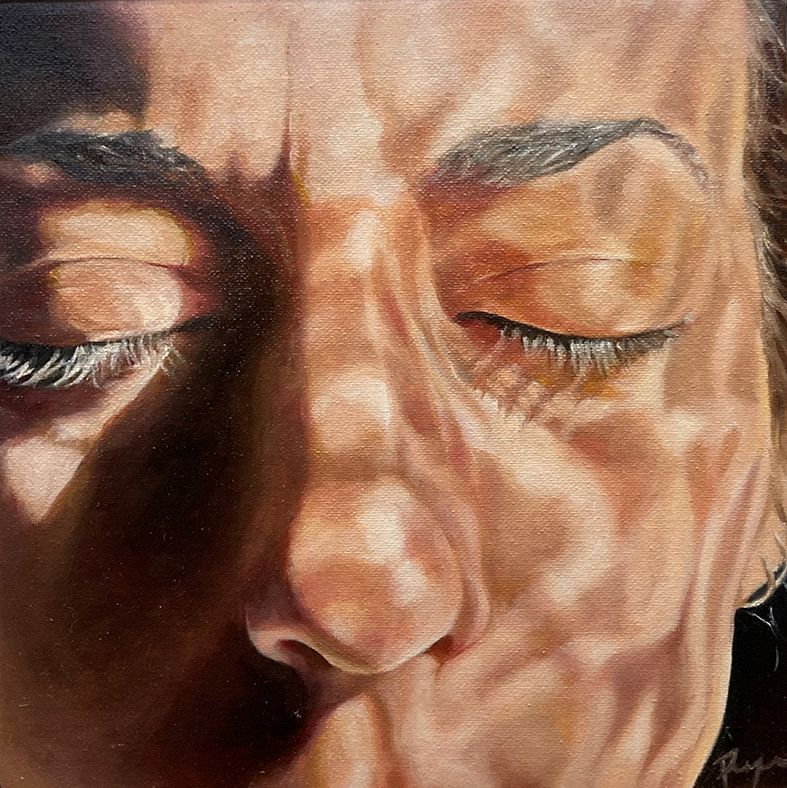
Regional pride was on display at the 22nd annual Taranaki National Art Awards (TNAA) in Ōpunakē.
Over 270 entries from across the country competed for a prize pool of $16,400 across seven categories and multiple mediums, with 15 artists received awards or commendations.
Co-judge Taarati Taiaroa of New Plymouth's Govett-Brewster Art Gallery (sharing the duties with City Gallery Wellington's Aaron Lister) states “More than half of the Awards went to Taranaki-based artists – a reflection of the strength of our creative community, and the talented practitioners we have in this region.
"There was a great mixture of works from those that pay attention to the particulars of place and politics, to others which provide whimsical and contemplative imaginaries for engaging in the world."
TNAA Chair Megan Symons adds “Connectivity is key. TNAA allows artists to network and create connections with fellow artists – they get to place themselves within their medium, and make reflections about their practice and mode of expression. It also helps emerging artists grow and connect with established professionals.”
TNAA prides itself on being an exhibition platform that is accessible, inclusive and diverse, with artists able to exhibit no matter their age or the stage of their career. As well as a competition, it is an exhibition and selling opportunity until the event closes on 10 November.
Community announcement
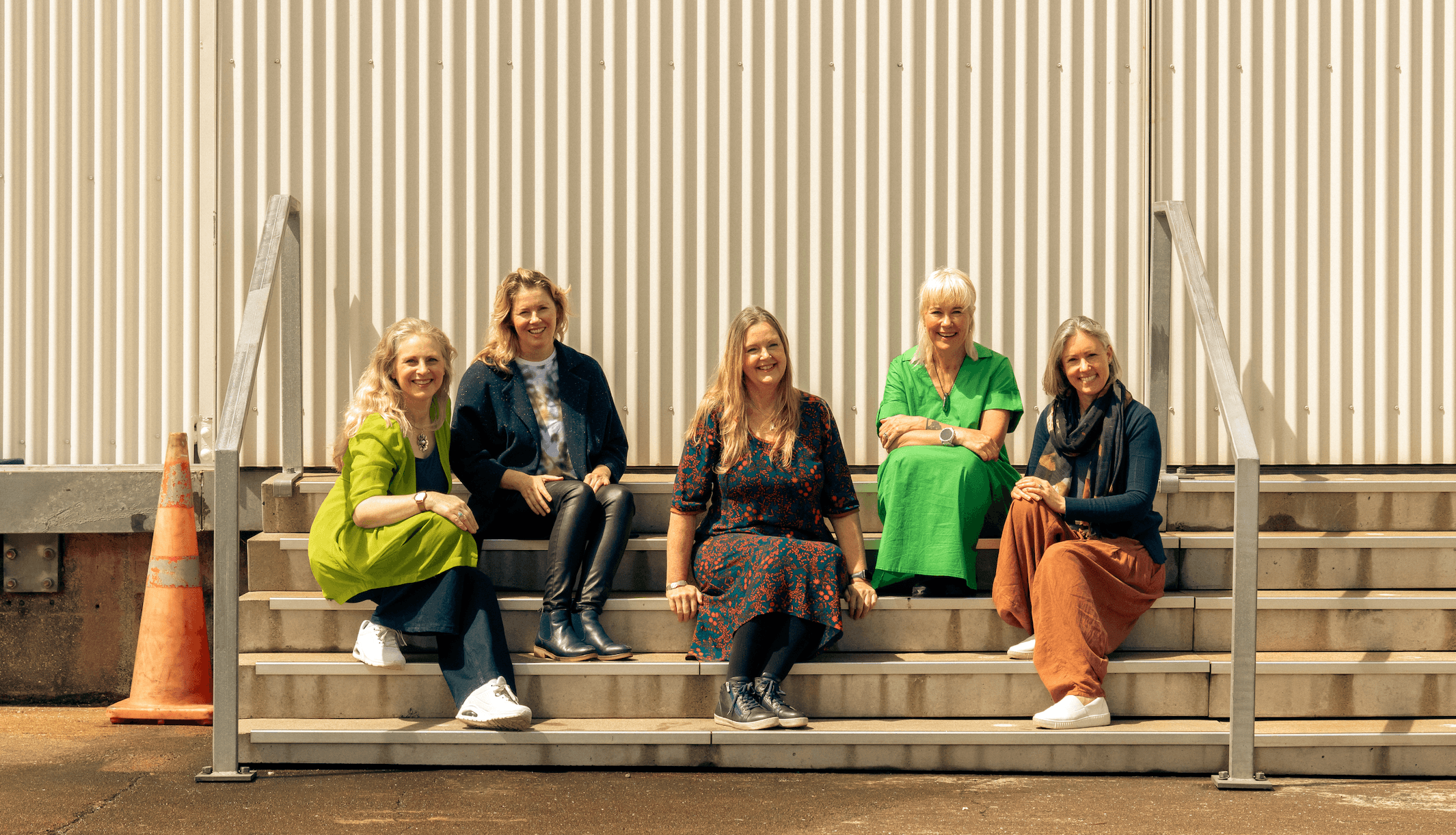
There's no such thing as too much support for artists - and finding those who share your values can play a crucial role in that kotahitanga.
That's led to the launching of Art of Us, with five founding members - Holly Clarke, Sara Langdon, Vanessa Narbey, Sarah Ritchie and Katie Robinson's vision “To cultivate a tightly-knit artistic community where collective support propels each member towards creative excellence and individual success.”
Art of Us identify as a ‘community’ rather than a ‘collective’. Unlike traditional collectives -where artists work or exhibit together - the focus is on mutual support as the quintet work in distinctly different mediums, subject matter, and styles.
The group connected through various other arts community groups, including UK-based online outfit United Artspace and Auckland based mentoring programme Toipoto.
Seeking Sister Mary Lawrence
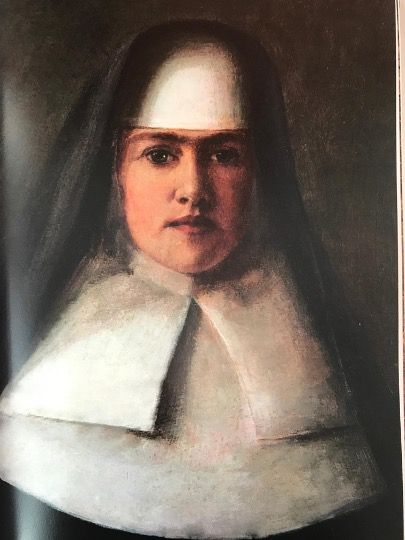
There's an upcoming exhibition - and items from your wall or attic could be part of it.
The New Zealand Portrait Gallery has put out a nationwide callout for portraits painted by the renowned artist Julia B. Lynch (1896–1975) - AKA Sister Mary Lawrence - who joined the Sisters of Mercy and taught at St Mary’s College in Wellington from 1924.
The exhibition, set to run from June to September 2025, will celebrate Lynch's career and her profound influence as both a celebrated artist and beloved art teacher.
The gallery is inviting students, families, and collectors from across New Zealand to help locate paintings of students for the exhibition.
Jaenine Parkinson, Director of the NZ Portrait Gallery states “portraits of her students will play a crucial role in bringing to life an exhibition that honours Lynch’s legacy and her remarkable impact on both portraiture and education.”
Curator Penelope Jackson explains “This exhibition will not only showcase Julia Lynch’s remarkable artistic achievements but also provide a profound reflection on her significant contributions as a mentor, educator and woman of faith. The display will be enriched by public programs designed to delve into and celebrate Lynch’s lasting impact on the art world."
So whether you have some of Lynch's work or know someone might, there's a great chance to share it with the nation.
Short story success
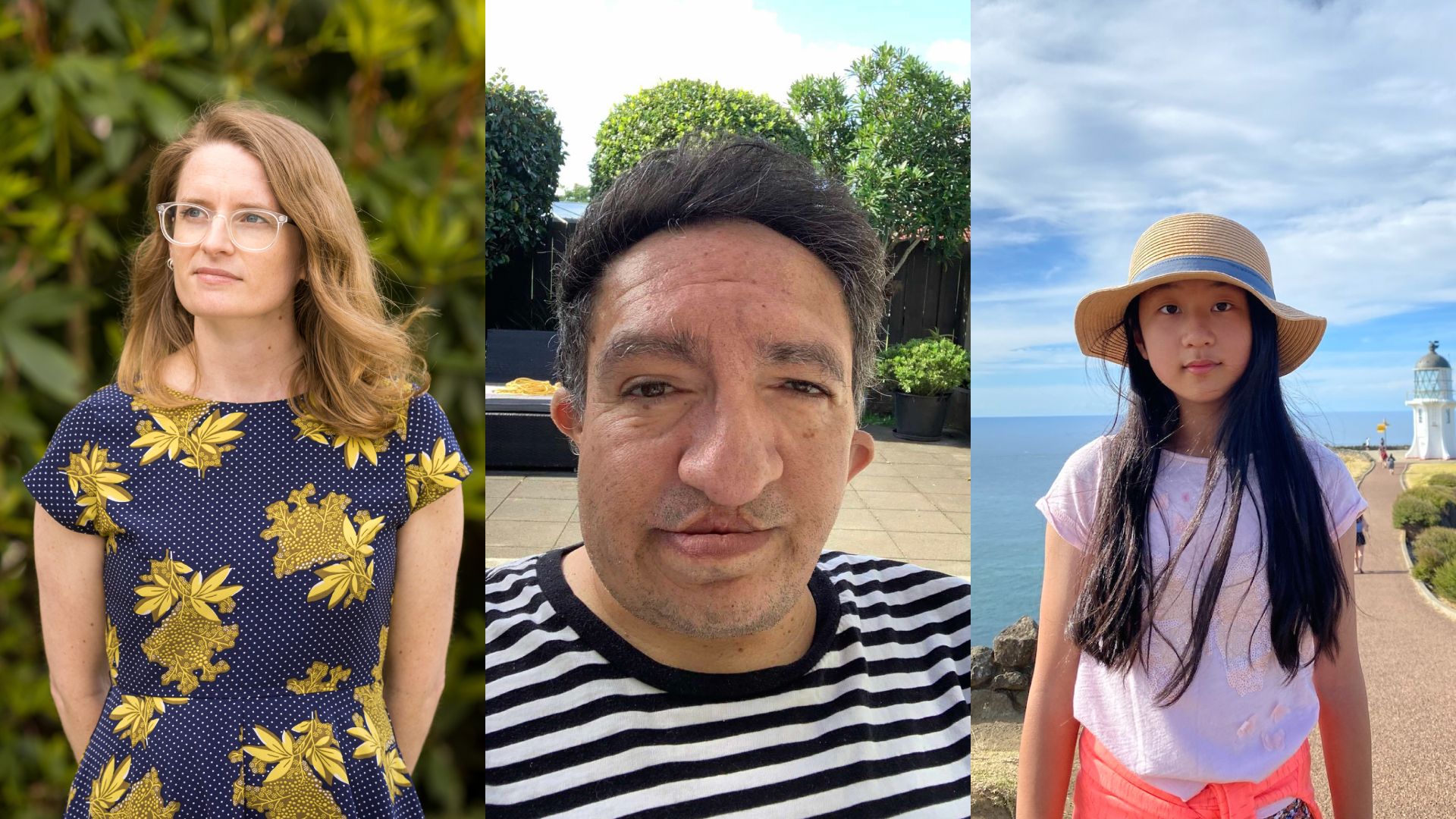
A love of the rangatahi of Christchurch has paid off for secondary school teacher Rebecca Ball, inspiring her $15,000 top prize-winning prize.
She's come out on top in the open category of the Sunday Star-Times Short Story Awards for her work, How It Is In Dreams.
"I’m very humbled by this win and hope that How it is in dreams may in some small way recognise that behind every young person's actions are real human emotions, and behind those emotions are real lived experiences - often painful, and always complex.
"The young people of Ōtautahi have been through so much over the last fifteen years, and yet so often the story that we hear about them in the news focusses only on their negative actions.
"I wanted to add depth to that story by letting this narrator tell us a little of where he’s been and where he wants to go, with the kind of insight, determination and courage that I’ve seen in so many real-life young people over the years."
In a category surely close to Ball's heart, Eassin Wang from St Cuthbert’s College was triumphant in the $2,500 secondary schools section for her story The Acquired Taste of Nostalgia, while screenwriter Wayne Hotu (Ngāti Maniapoto, Ngāti Ruanui) won the $2,500 Emerging Māori writer category for Birdwoman.
The annual awards saw almost 600 entries novelist Eileen Merriman (open category), author Lauren Keenan (emerging Māori or Pasifika writer category) and poet, educator and children’s author Jane Arthur (secondary school writer category) tasked with tasked with finding the winners.
'Moon' landing real rewards
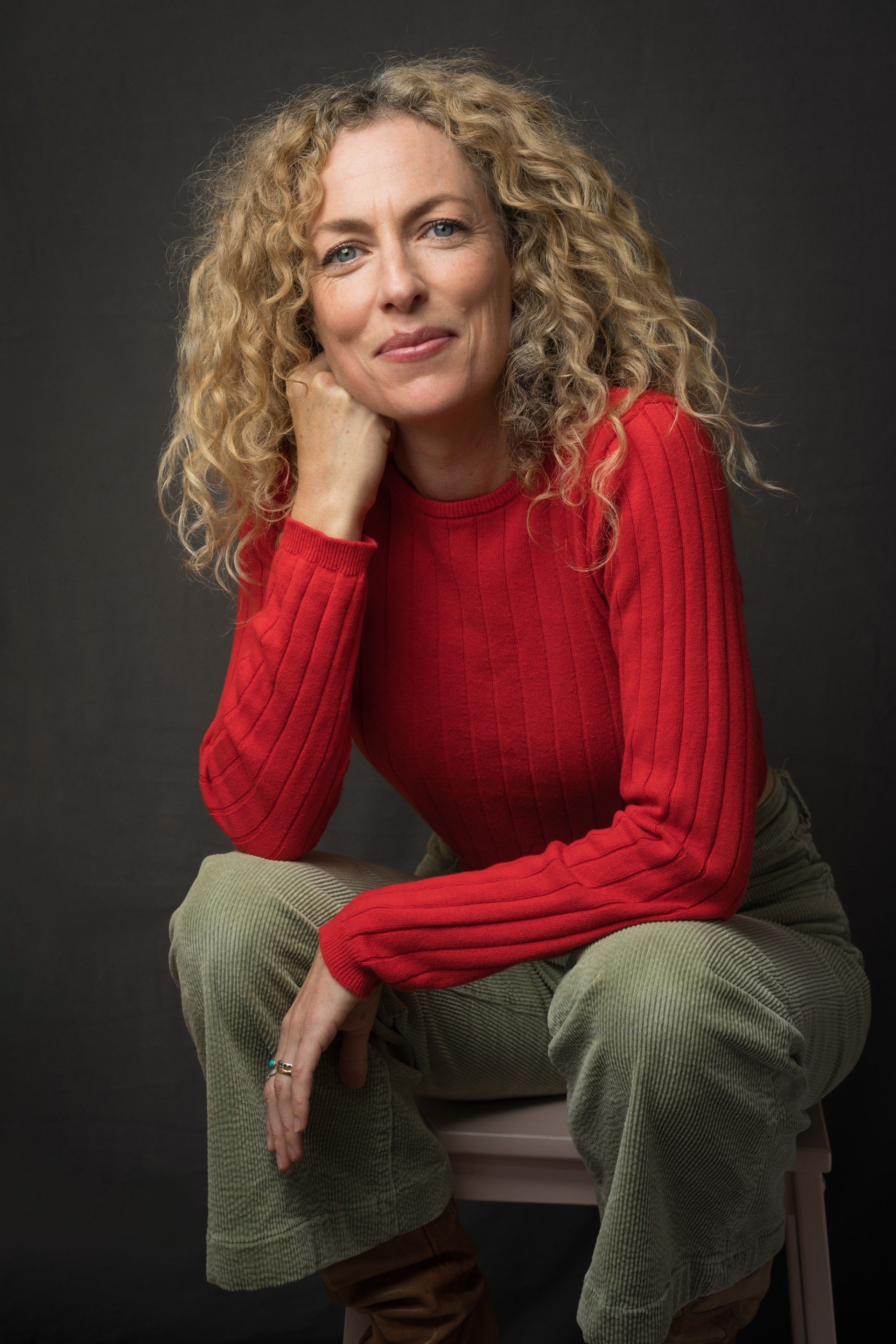
The accolades just keep coming for Kiwi comedy The Moon is Upside Down - claiming the the Special Jury Award for Narrative Feature at the 2024 Santa Fe International Film Festival.
Producer and star Loren Taylor's bittersweet tale has already won Best First Feature at the A-List POFF Tallinn Black Nights Film Festival, and was a sell-out at the Sydney Film Festival.
Taylor enthuses “to have the film embraced by an American audience and singled out for this prestigious award is wonderful. I’ve been very moved by the responses of audiences in Aotearoa and Australia and thrilled that the story touches people’s hearts.”
As she was unable to travel to New Mexico, co-star Robbie Magasiva represented the film and reported that the audience loved it.